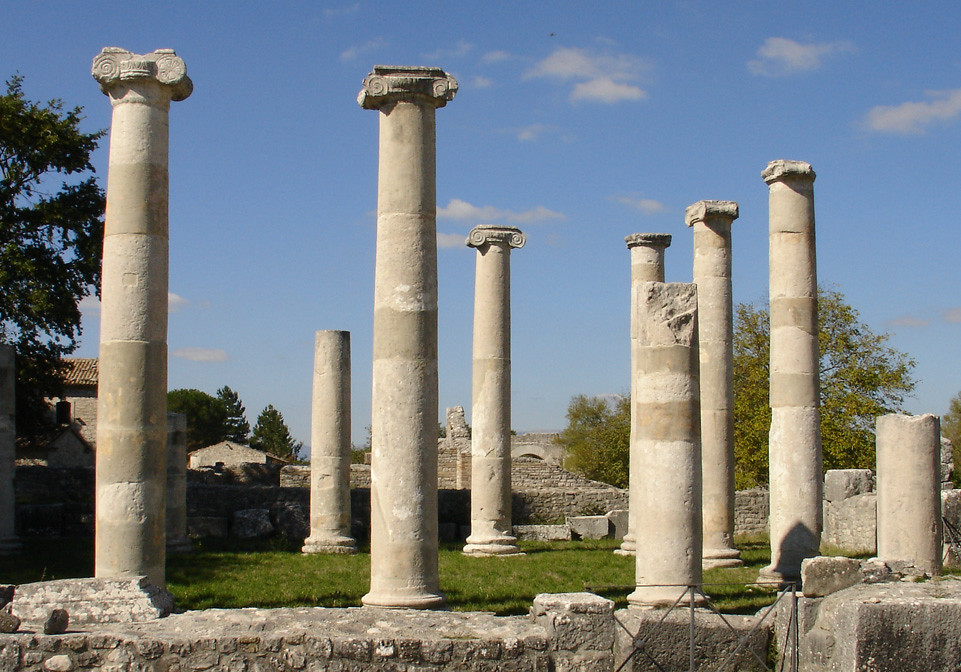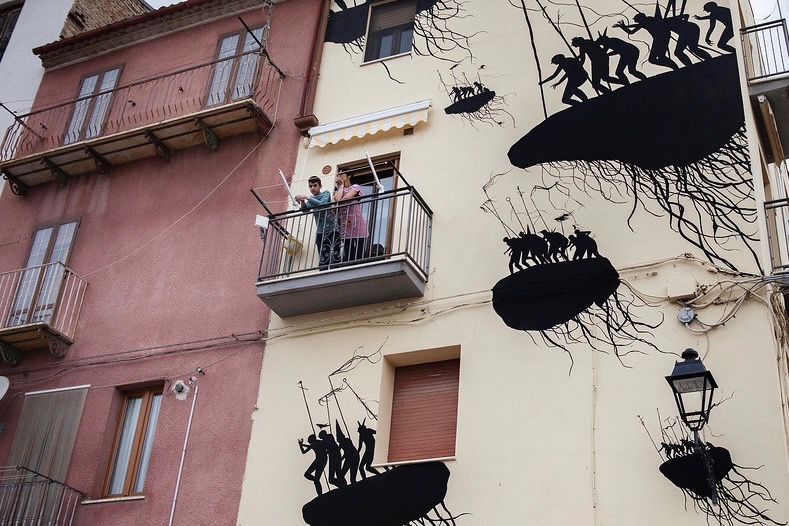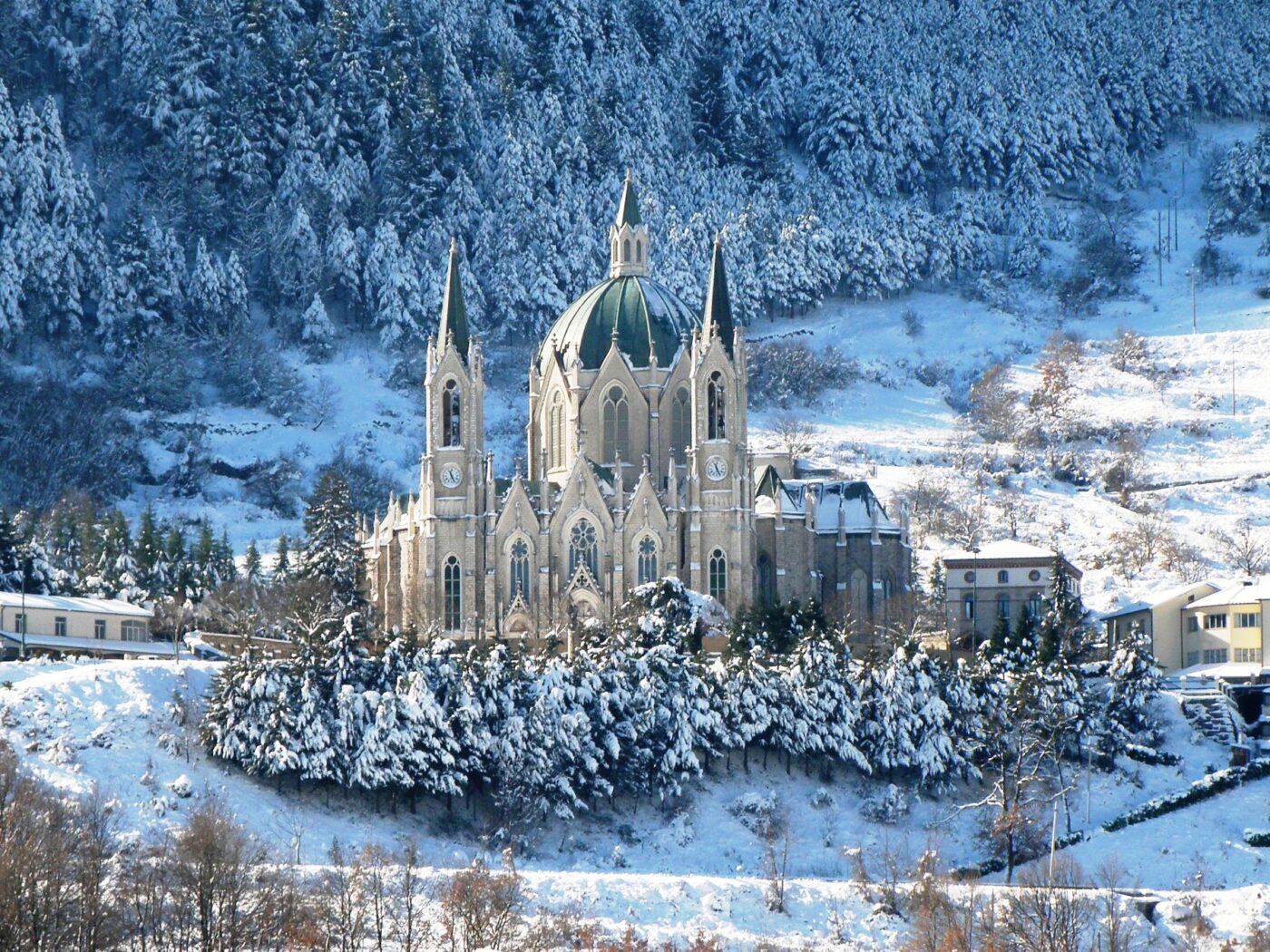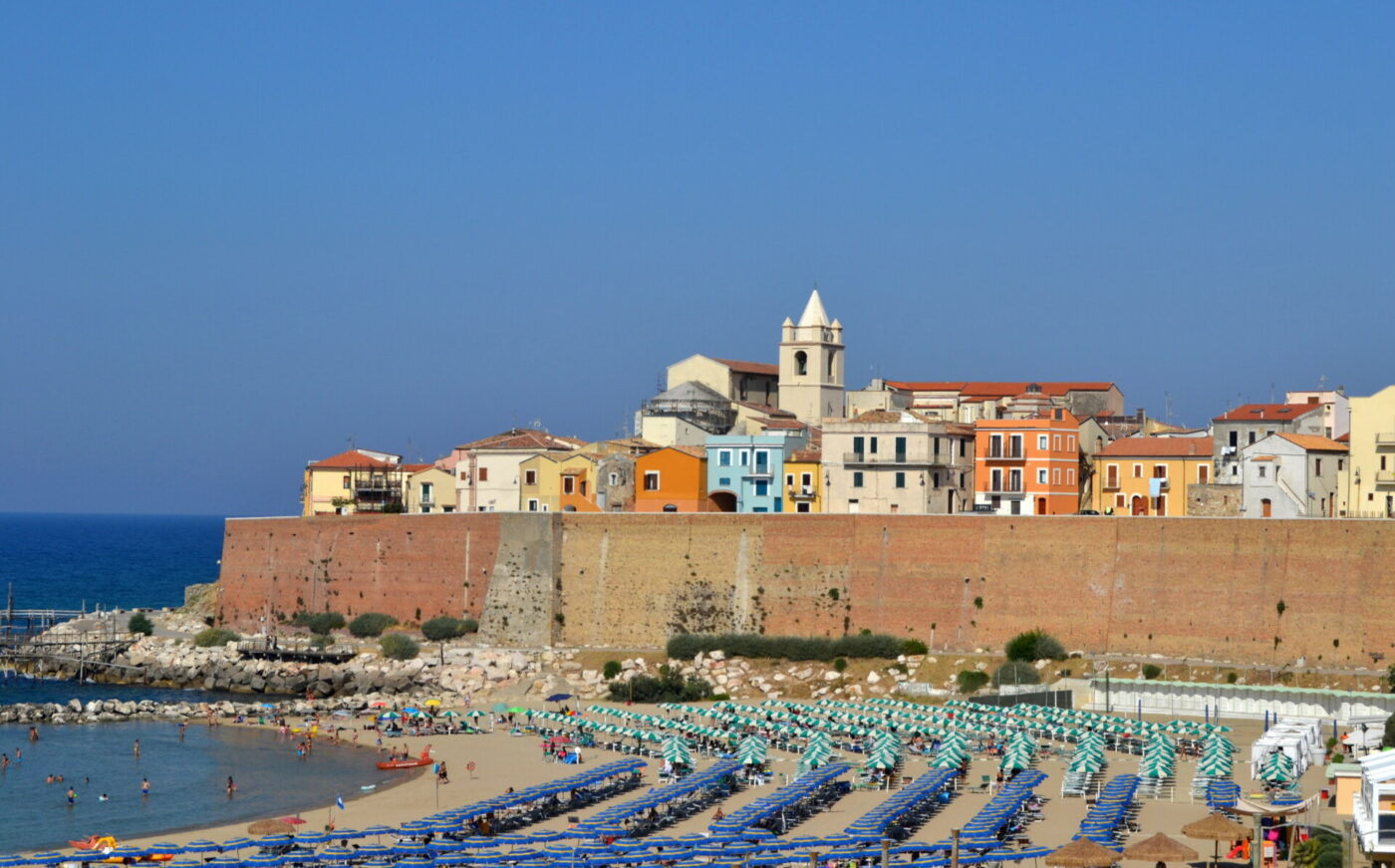There’s an Italian region–tightly snuggled between beloved neighbors like Lazio, Abruzzo, Puglia, and Campania–that is famous for one thing and one thing only: it doesn’t exist. It’s the one region most Italians seem to forget when asked to name all 20. It’s a place foreign for the vast majority, not visited by chance, only with purpose and intention. This is Molise.
#IlMoliseNonEsiste (#MoliseDoesn’tExist) has become a nationwide phenomenon, a viral hashtag, a national joke through which to share a laugh or two. I’ve heard Molise compared to The Chronicles of Narnia: step foot into the region, and you’ve entered a land all its own. And then there is the creativity of Italians that shines just like their newest word “Molisn’t.”
I first became acquainted with Molise through my friend Allison, whose family is split between two small picturesque villages in the Campobasso Province. Allison comes face to face with this reputation daily, introducing herself as “metà Americana e metà Molisana” (“half American and half Molisan”) before taking a quick beat and continuing “Ma lo so! Molise non esiste!” (“But I know! Molise doesn’t exist!”).
How could it possibly be that an entire region earned this conspiracy?
To pinpoint exactly where or why this phenomenon was born is difficult (add this to the list of Molise’s mysteries!). But there are a few theories. It may be for its size, being the country’s second smallest region after Valle d’Aosta. It could be its age; Molise isn’t exactly what we call old. Since the times of the Kingdom of Naples, present-day Molise was part of a 16,600 km square area officially known as “Abruzzi and Molise”, with most calling the conglomerate “Abruzzi”. In 1963, the province of Campobasso was detached from the region to form Molise, with the remaining provinces grouped under the Abruzzo umbrella, making Molise the bottom of Italy’s regional list, spot 20 out of 20. What caused the split? No one is entirely sure.
Today, Molise is just shy of 315,000 residents, split into two provinces: Campobasso and Isernia. Between the two, you find the perfect trifecta among mountains, sea, and lakes. Thirty-five kilometers of coastline along the Adraitic sea vie for attention with medieval villages perched on mountain peaks. Castles, ancient ruins (like those of an ancient Roman city at Altilia-Saepinum), and Romanesque churches abound. Termoli, the region’s primary fishing town, boasts crystal waters and a charming historic center, while Marina di Montenero, farther north up the coast, is the type of seaside resort town perfect for long stretches of sandy beach and expansive sunsets. I’ve never seen a lake so turquoise as the one that sits below Castel San Vincenzo. In Castelpetroso, in the Molisan hills, a fairytale-like cathedral emerges from the woods, which, come wintertime, looks like exactly the type of place Frozen’s Elsa would hide out. Meanwhile, a more contemporary side of the region can be found in Civitacampomarano, renowned for its street art.
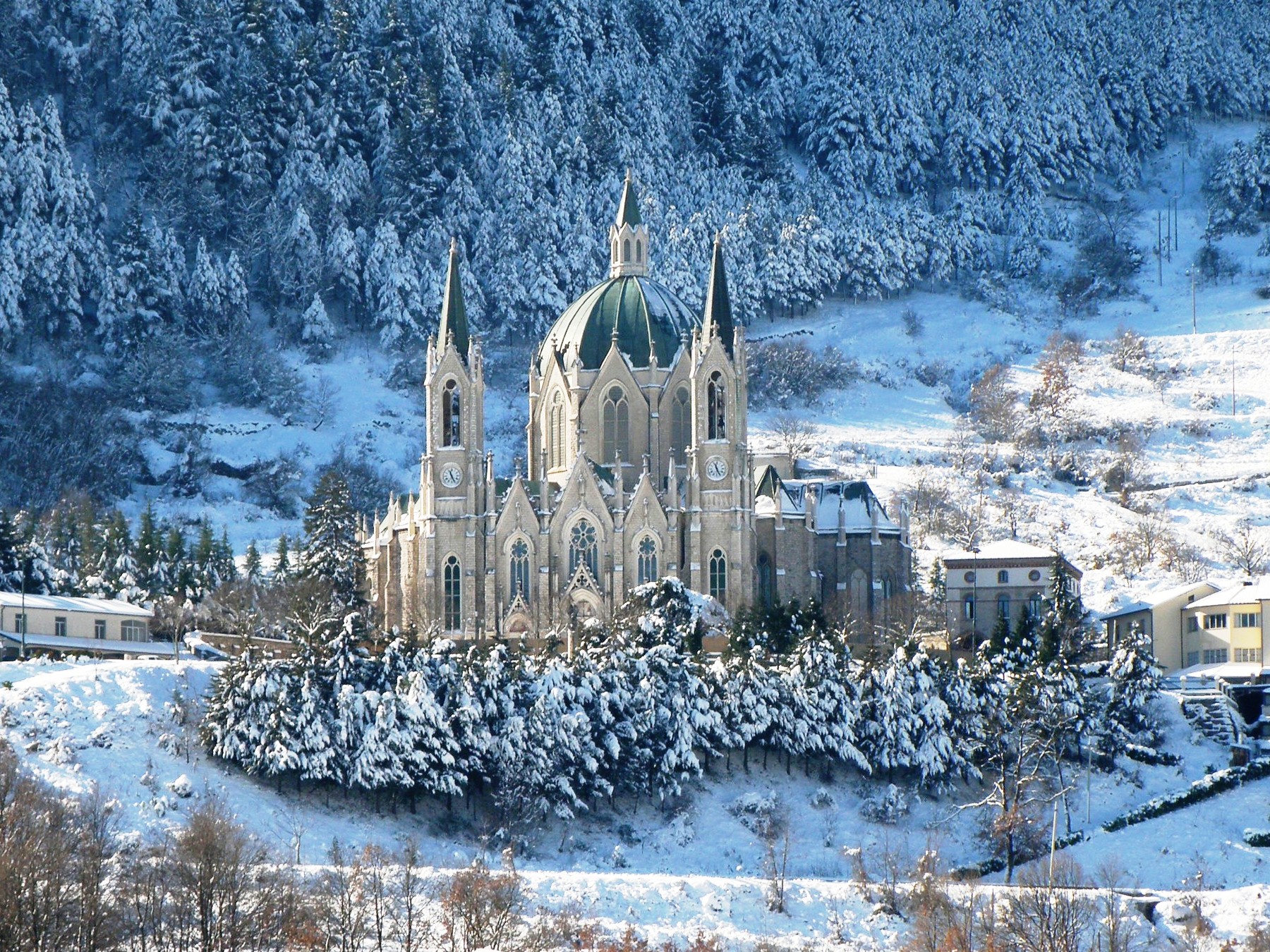
Santuario di Castelpetroso
Molise’s reputation certainly isn’t helped by the fact that getting there is no easy feat. There is neither airport nor highway, only a motorway section along the coast. As I cross the border from Lazio to Molise, my cell phone signal drops–maybe it is like Narnia–and I can’t help but notice that there really is something different about the natural landscape here. It feels wildly free. Most declare Rome to have the bluest of blue skies; I would bet they’ve never been to Molise.
“Here in Molise, it’s all about the land. The people are the land!” Allison tells me. Overhearing, her uncle chimes in, “The Molisans live in rhythm with nature… Molise is like a wild animal that rests in winter and is reborn in spring and summer.” And they’re right; if the Sicilians are the volcano people, then these Molisani are the earth people.
We head to Riccio, where there’s no supermarket in sight, only a tiny town, home to 5,000 inhabitants. At least there’s a bar. You can expect to pay around 30 cents for a coffee. Allison explains that the Molisano are traditional and old-school. “My Zia doesn’t have a pantry. There are no snacks. She lives off of what nature offers her. Take flour, for example. She knows where it was grown.” She continues, “If Zia wants to head to the supermarket, she carves out an entire afternoon as there’s no infrastructure in town. She walks, too… But the journey doesn’t bother her because she knows how lucky she is to live this way.” When in Molise, slow and steady wins the race.
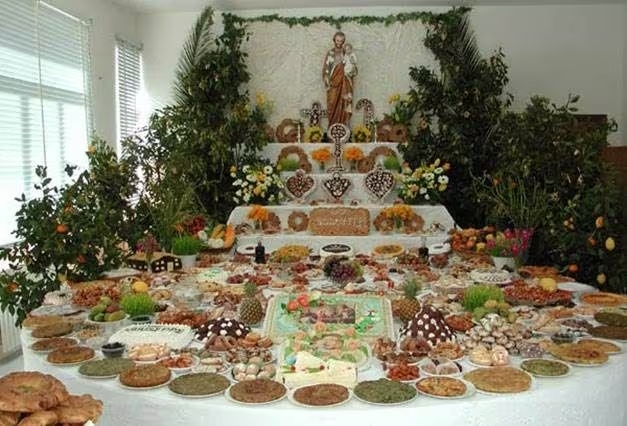
A veritable spread for San Giuseppe
If Molise should be known for anything–besides the fact that it does, in fact, exist–I put my money on the food. There are superb pasta dishes, like fusilli, a pasta shape born in Molise and served with lamb ragù, or cavatelli, pronounced “cavetiell” in Molisan dialect, another Sunday staple which comes topped with sausage or vegetables like broccoli and chilies. The moreish caciocavallo di agnone is grilled and served with local bread after aging for 20 days, one of many superlative spun-paste cheeses that also count stracciata di Agnone and mozzarella fresca di latte bovino di Bojano among its members. In festivals, you’ll find cod fried or served in the local preparation of arracanato, with breadcrumbs, pine nuts, raisins, and oregano, while street food is dominated by panino con la pampanella, a sandwich made with long-cooked pork seasoned with a mix of hot peppers and dried sweet peppers. For something sweet, there are the calzoni di San Giuseppe, crumbly sfogliatelle stuffed with chickpea cream, honey, and cinnamon. I would be remiss to not mention the abundance of truffles, of which you can find both white and black varieties; for a few years, Molise held the world record for the largest white truffle.
Gathered around the table, I ask the million dollar question to Allison’s family, the Molisani themselves: how do you feel when people joke that il Molise non esiste? Michele and his wife, a couple both born and raised in Jelsi, are the first to answer. “We smile! I smile! I’m amused by the idea of living in a place that someone jokingly thinks does not exist. It makes me feel like the inhabitant of an uncontaminated place, a kind of elite population that is lucky enough to live in a unique and fantastic place.”



